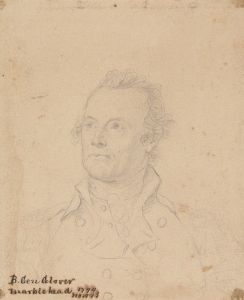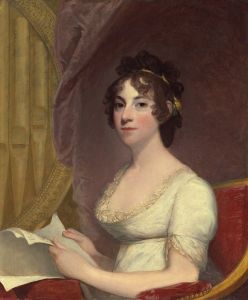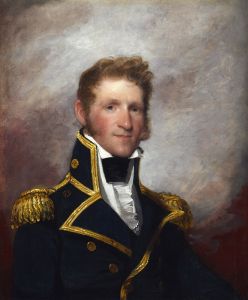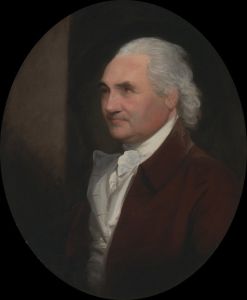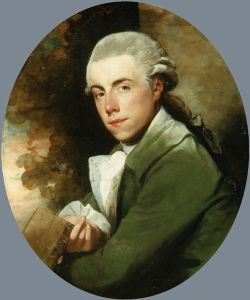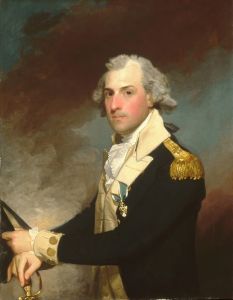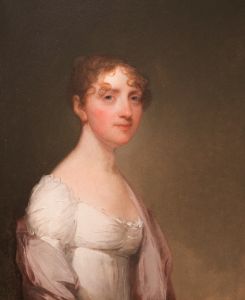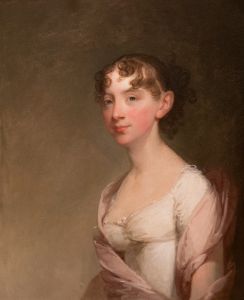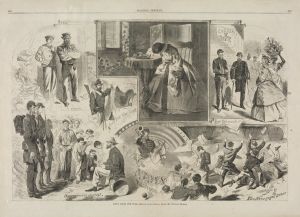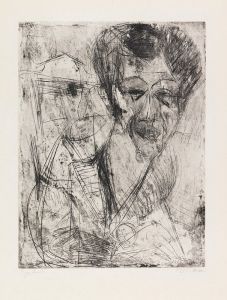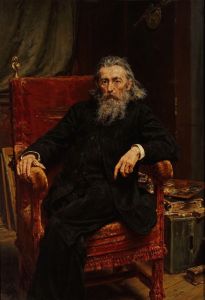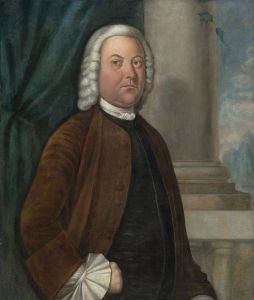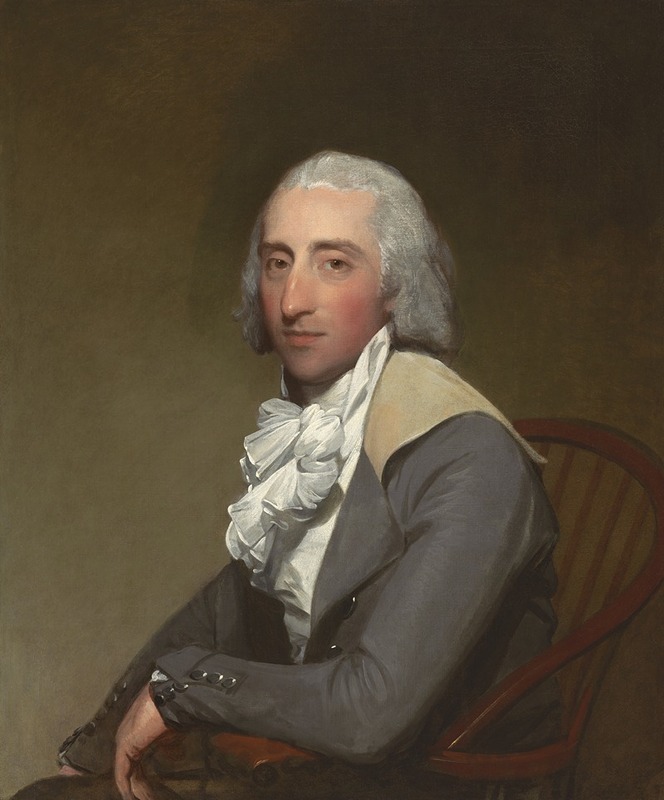
Lawrence Reid Yates
A hand-painted replica of Gilbert Stuart’s masterpiece Lawrence Reid Yates, meticulously crafted by professional artists to capture the true essence of the original. Each piece is created with museum-quality canvas and rare mineral pigments, carefully painted by experienced artists with delicate brushstrokes and rich, layered colors to perfectly recreate the texture of the original artwork. Unlike machine-printed reproductions, this hand-painted version brings the painting to life, infused with the artist’s emotions and skill in every stroke. Whether for personal collection or home decoration, it instantly elevates the artistic atmosphere of any space.
Gilbert Stuart, an American painter renowned for his portraits, created the painting "Lawrence Reid Yates." Stuart, born in 1755 in Rhode Island, is often celebrated for his depictions of prominent figures in American history, including the first six Presidents of the United States. His most famous work is the unfinished portrait of George Washington, known as "The Athenaeum," which has been widely reproduced, including on the United States one-dollar bill.
"Lawrence Reid Yates" is one of Stuart's lesser-known works. The painting is a portrait, a genre in which Stuart excelled, capturing the likeness and character of his subjects with remarkable skill. Stuart's portraits are noted for their realism and attention to detail, as well as their ability to convey the personality and status of the sitter.
The subject of this painting, Lawrence Reid Yates, is not widely documented in historical records, and there is limited information available about his life and significance. This lack of information about Yates himself suggests that he may not have been a public figure of great renown, unlike many of Stuart's other subjects. However, the fact that Stuart painted his portrait indicates that Yates was likely a person of some means or social standing, as commissioning a portrait by Stuart would have been a considerable expense at the time.
Stuart's technique involved a loose, fluid brushwork that allowed him to capture the essence of his subjects with a sense of immediacy and vitality. He often used a muted color palette, focusing on the subtleties of light and shadow to create depth and dimension in his portraits. This approach is evident in "Lawrence Reid Yates," where Stuart's mastery of light and texture brings the subject to life.
The painting likely dates from the early 19th century, a period when Stuart was highly active and in demand as a portraitist. During this time, Stuart worked in several locations, including Philadelphia, Washington D.C., and Boston, where he painted many of the leading figures of the day. His ability to capture the likeness and character of his subjects made him one of the most sought-after portrait painters in America.
While "Lawrence Reid Yates" may not be as famous as some of Stuart's other works, it nonetheless exemplifies the artist's skill and his contribution to American portraiture. Stuart's portraits remain highly valued for their historical significance and artistic merit, offering a window into the people and personalities of early America.
In summary, "Lawrence Reid Yates" by Gilbert Stuart is a testament to Stuart's expertise in portraiture, capturing the essence of a subject about whom little is known today. The painting reflects Stuart's ability to convey character and status through his adept use of light, shadow, and composition, securing his legacy as one of America's foremost portrait artists.






